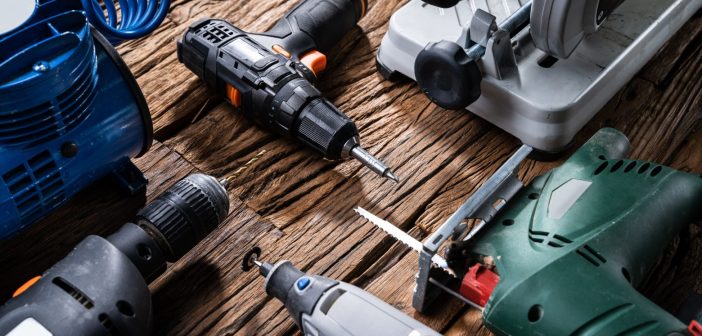India’s hand and power tools industry is positioned for substantial expansion, with plans to scale its exports from the current $1 billion to over $25 billion by 2035. A report published by NITI Aayog and the Foundation for Economic Development highlights strategic pathways to elevate India’s role in the global tools market, leveraging the country’s competitive advantages in labor costs, trade positioning, and manufacturing capabilities.
The global hand and power tools industry was valued at approximately $100 billion in 2022, with hand tools accounting for $34 billion and power tools at $63 billion. By 2035, projections indicate the market will reach $190 billion, with hand tools expanding to $60 billion and power tools to $134 billion. India currently holds a small market share, with hand tool exports estimated at $600 million (1.8 percent of global share) and power tool exports at $425 million (0.7 percent of global share). The roadmap aims to increase India’s hand tool market share to 25 percent, driving exports to $15 billion, and power tools to 10 percent, reaching $12 billion, generating 3.5 million direct and indirect jobs.
India’s hand tools manufacturing ecosystem is centered around MSME clusters in Punjab, Maharashtra, and Rajasthan, exporting products such as wrenches, pliers, screwdrivers, and hand saws. The power tools segment remains limited due to the lack of a sophisticated electronics manufacturing ecosystem, especially for components like motors and batteries.
The United States and the European Union collectively account for over 55 percent of global tool imports. With the US imposing additional tariffs between 7.5 and 25 percent on Chinese tools, India has a growing opportunity to emerge as a preferred alternative supplier.
Government support mechanisms include the Remission of Duties and Taxes on Exported Products (RoDTEP), which provides rebates to exporters. Hand tools are eligible for a 1.1 percent rebate on Free on Board (FOB) value, while power tools receive a 0.9 percent rebate. The Duty Drawback Scheme and the Duty-Free Import Authorisation (DFIA) also offer incentives, with duty drawbacks ranging between 1.5 and 2 percent.
Strategic policy recommendations aim to establish world-class clusters for hand tools, targeting three to four clusters covering approximately 4,000 acres by 2035. The estimated investment includes $1.44 billion from the government alongside $5.4 billion from industry stakeholders. Proposed clusters will feature industrial infrastructure, worker housing, research and development centers, testing labs, convention facilities, and round-the-clock utilities.
Structural reforms are needed to reduce import duties, streamline Quality Control Orders, reform Export Promotion Capital Goods compliance, and align labor laws with global standards. Efforts to ensure continuous low-cost electricity and improve logistics infrastructure will further bolster the industry. Increased domestic R&D and technology transfer facilitation are also integral to achieving export targets.
In the event of reform delays, a bridge support package of $700 million over five years is recommended to sustain industry momentum. Hand tool manufacturers would receive $415 million, covering logistics, interest subvention, competitiveness incentives, and capital subsidies. Power tool manufacturers would be allocated $270 million under similar provisions.
India is at a crucial turning point in industrial development, with the tools sector offering a unique opportunity to establish itself as a global manufacturing alternative to China. The outlined roadmap prioritizes workforce expansion, policy reforms, and infrastructure development to position India as a reliable player in the global tools market while driving long-term economic growth.






